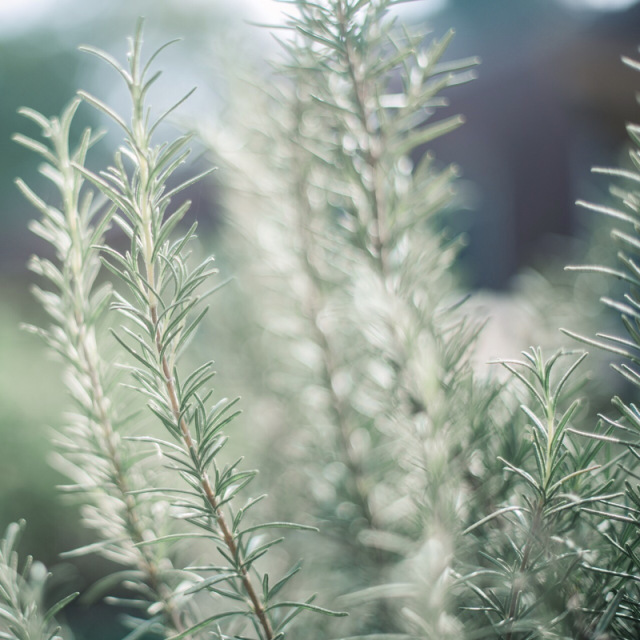Koru Essential Oils Wild Grown/Organic Rosemary
Notes From The Koru Oils Lab™ -
Rosemary essential oil is routinely adulterated or diluted with inexpensive and abundant sources of camphor and 1,8-cineole. Because of this, Koru verifies not only our Rosemary oil, but all of the essential oils that we offer through chemical analysis. This process ensures that nothing has been added or removed. It is import to Koru to establish mutual trust between us and our suppliers with the goal of providing to you Authentic Essential Oils. The designation of chemotypes (ct) of an essential oil is necessary when distinctly different chemical compositions of the same species are produce as these varying compositions in the oils are used for different aromatherapeutic purposes. In traditional aromatherapy, Rosemary essential oil will appear as one of three main chemotypes; cineole, camphor or verbenone. Oils listed and sold simply as "Rosemary" are suspect for highly profitable adulteration. The cineole chemotype of Rosemary is the version we recommend most frequently. Its many uses include invigorating the body through massage, improving focus and memory through diffusion, and stimulation of the scalp to promote hair growth. In one study, Rosemary oil used in combination with Thyme Thymus vulgaris, Lavender Lavandula angustifolia, and Cedarwood Atlas Cedrus atlantica oils, improved hair growth by 44% after seven months of treatment for alopecia areta.1
Name : Rosemary (Rosmarinus officinalis ct cineole)
Origin : Tunisia
Cultivation : Wild Grown/Organic
Extraction Method : Steam Distilled
Plant Part : Leaves
Aroma : Fresh, woody, herbaceous, camphorous/somewhat minty, clean forest aroma qualities
Appearance : Colorless to pale yellow/yellowish green, transparent liquid
Primary Constituents : 1,8-Cineole, Alpha-Pinene, Camphor
Precautionary Advice : Keep away from eyes and mucous membranes. Keep out of reach of children. If pregnant, nursing, taking medication, or have a medical condition consult your doctor. External use only. Always dilute.
1. Hay, I.C., Jamieson, M., & Ormerod, A.D. (1998). Randomized trial of aromatherapy. Successful treatment for alopecia areta. Arch Dermatol, 134: 1349-52.
